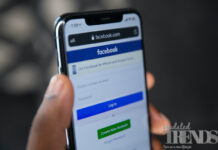Honey Bees are one of the most crucial pollinators in the world. Scientists from the University of Helsinki in Finland have created the world’s first vaccine for insects. The University in a press release informed that the vaccine is edible and protects the bees from diseases while protecting global food production.
The researchers said that the goal is to protect the bees against the American foulbrood which is a bacterial disease that is caused by the spore-forming Paenibacillus larve ssp. Larve. The press release added , “The disease is the “most widespread and destructive of the bee brood diseases”. A report from a leading daily mentioned that the disease can kill the entire colonies while the spores can remain viable for more than 50 years.
While talking about how to dispense the vaccine, the scientist place a sugar patty in the hive, which is eaten by the queen over the course of a week. Once they are injected, the pathogens in the patty are passed to the eggs of the queen, “where they work as inducers for future immune responses.” More details from the report said that the avaccine is not yet available commercially and it is also significant as once it was thought that it is not possible to make a vaccine for insects as the immune system of these creatures do not contain anti-bodies.
Dalial Freitak, a scientist from the University of Helsinki, who worked to create the vaccine said, “Now we’ve discovered the mechanism to show that you can actually vaccinate them. You can transfer a signal from one generation to another”. Honey bees are important for the crop production in the US and contributes to an estimated $20 billion to its value. The species help to pollinate a variety of crops including melons, apples, cherries and blueberries. The American Beekeeping Foundation that the almonds production completely depends on the honeybee for pollination at the bloom time.
Photo Credits: Pixabay










